A to Z - HIGHLIGHTS OF DERBY AND DISTRICT - PART 11
The A to Z – highlights of Derby and District is a 19-part series and will be published weekly.
Midland Hotel (Hallmark) – Normanton Park
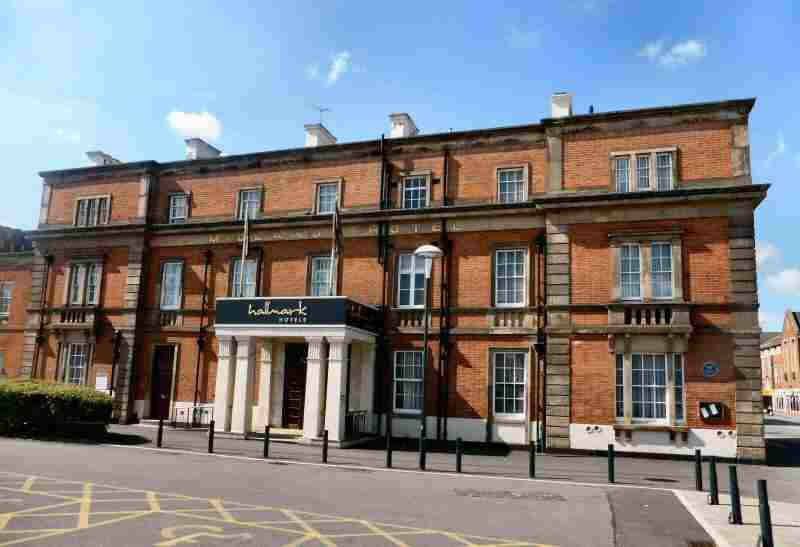
MIDLAND HOTEL (HALLMARK)
The Midland Hotel was built by Thomas Jackson, the Pimlico builder, to the design of Francis Thompson, the Midland Railway architect. It was constructed to a high standard to meet the requirements of first-class railway travellers and was the first purpose-built railway hotel in the country. Many famous people, including Queen Victoria in 1849, have stayed at the hotel.
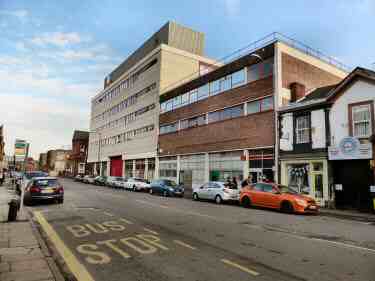
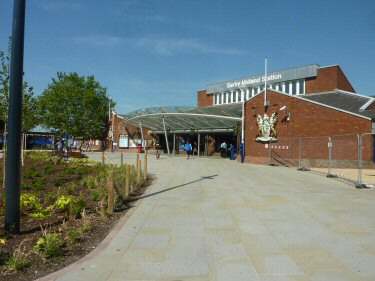
MIDLAND ROAD
The arrival of the railways in the town, led to the building of Midland Road, in 1840 to provide access from London Road to the station. Winter’s, sited on Midland Road, is one of the oldest photography studios in the world. In 1921, a War Memorial designed by Sir Edwin Lutyens, who also designed the Cenotaph in London, was added on Midland Road near the Midland Hotel.
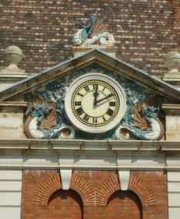
MIDLAND RAILWAY STATION
Work on Derby Railway Station did not start until the autumn of 1839. Temporary arrangements were made for the intervening period between the commencement of railway services and the completion of the station. It was paid for by the North Midland Railway. The other two railway companies that operated from the site were charged rent. It was completed during the summer of 1840.
MIDLAND RAILWAY COMPANY
The three independent railway companies joined together on 10 May 1844. To form the Midland Railway Company as swarms of workers began to flock to Derby. They came from all parts of the country and by 1851 records showed that 43% of the adults in the town had been born outside the county. The majority were employed in the railway works but both existing and new companies also benefitted.
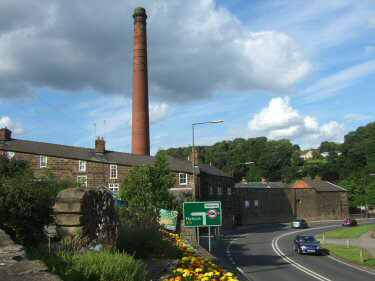
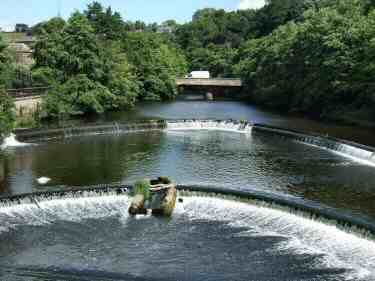
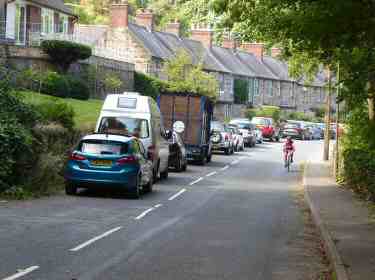
MILFORD
Set in the picturesque Derwent Valley, with hills rising steeply on either side. Travellers on the busy A6 often pass-through Milford without hardly realising that it exists. Yet the village has played a very important role in the industrial history of this country, so much so that it now forms part of the Derwent Valley Mills World Heritage Corridor.
The man who transformed Milford from a tiny hamlet to an important industrial centre was Jedediah Strutt. Using the power of the River Derwent to drive the machinery. Jedediah built his first cotton mill, the South Mill, at Belper in 1776. Milford was chosen as the second site for a mill four years later. Jedediah was a strict disciplinarian. His employees were fined heavily for lateness or bad behaviour. He insisted on them going to a place of worship on Sundays and that the children attended school regularly. He built houses, a school, and a chapel and model farms were established at Belper and Moscow Farm at Milford. The food was produced was then sold to employees at a reasonable cost with credit facilities available. Many other amenities were provided, described by one local historian as “a sort of Welfare State, 150 years before anything like it arrived on a national scale”.
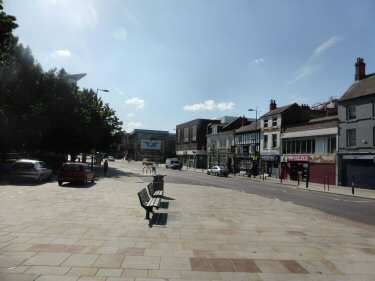
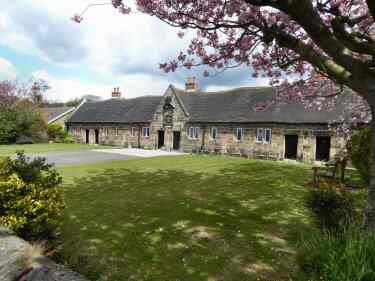
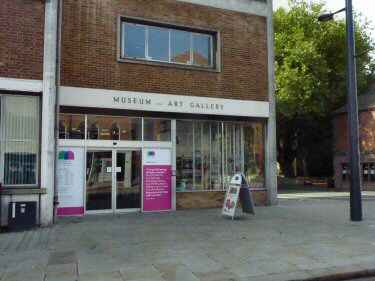
MORLEDGE
An open market was set up in 1933, at the Morledge, next to the bus station when the market moved from the marketplace. This lasted until the completion of the Eagle Centre. Weekly livestock markets were held at the Morledge until 1861 when the market moved to the Holmes.
MORLEY
The village is situated in a rural area north of Derby. The old smithy is now the Three Horseshoes public house, but it is St Matthew’s Church that attracts the most interest. A Grade I listed building features in Simon Jenkins’ book ‘England’s Thousand Best Churches.’ The oldest part of the church is from the 13th century and is noted for its ancient stained-glass windows, memorial brasses and medieval tiles.
MUSEUM AND ART GALLERY (PRESENT)

Home to a fascinating range of nationally important collections, including the world’s largest collection of work by the 18th Century artist Joseph Wright of Derby. A programme of special exhibitions supports permanent displays relating to the city’s archaeology, history, wildlife and local regiments. There is a coffee shop in the Ceramics Gallery. The Bonnie Prince Charlie Room commemorates the important role played by Derby in the Jacobite Uprising of 1745.
MUSEUM AND LIBRARY (FORMER)
Derby Library and Museum on the Wardwick was built in 1876-1879. The foundation stone was laid by Michael Thomas Bass, a member of the Burton brewing company. He was the MP for Derby and a benefactor of the town who paid for the construction of the building. The Museum and Art Gallery were expanded in 1915, and again in 1965. The library has been transferred to the Council House.
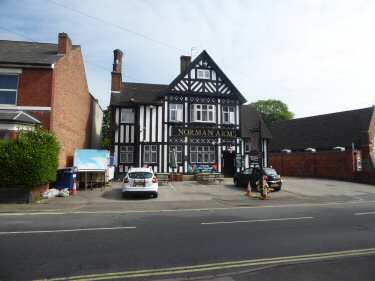
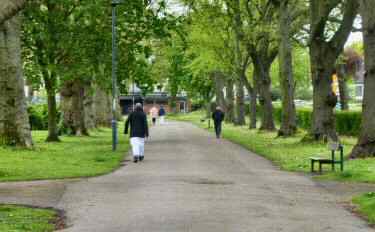
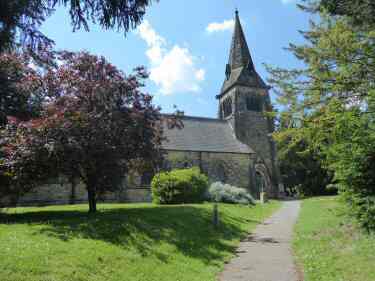
NORMANTON
Normanton has expanded from an ancient rural village into a large built-up area. Originally it was named Normanton-by-Derby. It was sited, in present-day terms to the south of the Ring Road around Village Street, close to St Giles Church. However, the industrialisation of Derby saw the birth of New Normanton to the north. The whole area is nowadays usually just referred to as Normanton.
ST GILES CHURCH, NORMANTON
The earliest written mention of the church was in 1288. However, there has been a church on the site for much longer, which might even pre-date the Normans. In 1861, the old church was demolished and replaced by the present building, with only the Norman tympanum and tower surviving. Further extensions were carried out in 1893 and at the beginning of the 20th century.
NORMANTON PARK
Normanton Rec as it is still frequently called is now known officially as Normanton Park. It was developed on the site of the old brickyards and opened in 1909. During the Second World War, trenches were dug in the park as temporary air raid shelters. The trees are now well-established and there are wide pathways around the park.
